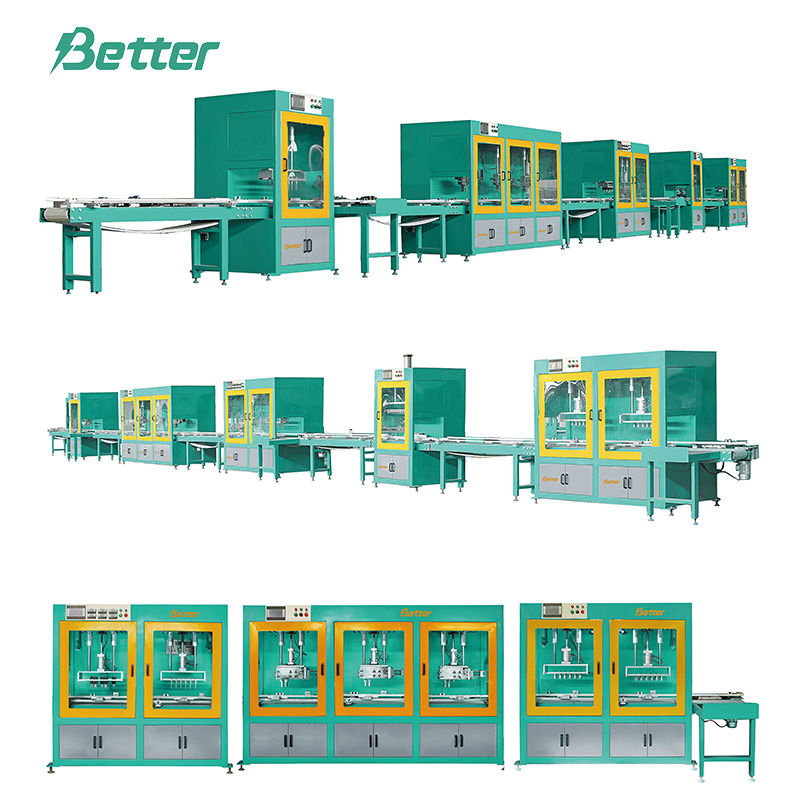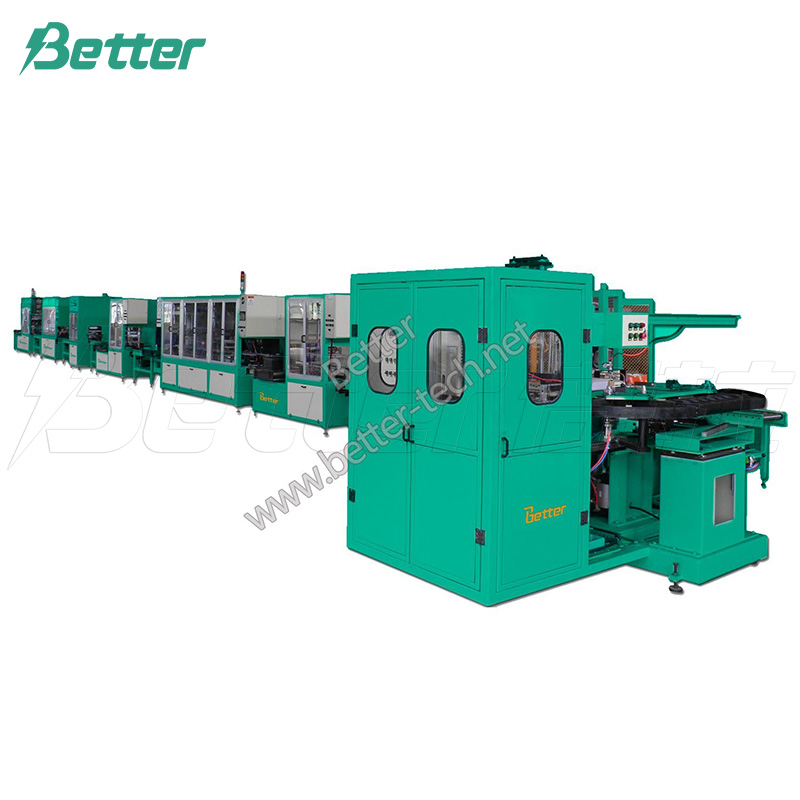
Applications of Fully Automatic Battery Assembly Lines in Battery Manufacturing
2024-07-19 13:58Q: Where are fully automatic battery assembly lines most commonly applied in battery production?
A: These assembly lines are extensively utilized in the manufacturing of lead-acid batteries, including those for motorcycles, automobiles, and industrial applications. Their efficiency and scalability render them ideal for meeting variegated market demands.
Q: How do these assembly lines ensure consistency and reliability in battery performance?
A: Through rigorous quality control measures and advanced testing protocols, these assembly lines verify the performance and reliability of batteries employed in the automotive and industrial sectors. This ensures that each battery conforms to stringent safety and performance standards.

Q: What role do fully automatic battery assembly lines play in the energy storage sector?
A: These assembly lines are pivotal in manufacturing high-capacity batteries indispensable for energy storage systems. With the escalating demand driven by renewable energy applications, they support the growth and sustainability of the energy storage sector.
Q: How do these assembly lines cater to the specific requirements of different battery types?
A: By leveraging their modular design and advanced control systems, these assembly lines can adapt to produce various battery specifications and models. This flexibility enables manufacturers to respond expeditiously to market demands and customer preferences.
Q: What are the advantages of using fully automatic battery assembly lines in automotive applications?
A: In the automotive industry, these assembly lines significantly augment production efficiency, ensuring timely supply to meet the burgeoning demand for automotive batteries. Their automated processes also contribute to maintaining consistent battery performance and reliability.
Q: How do these assembly lines support innovation in battery technology?
A: By automating critical assembly processes such as electrolyte filling, sealing, and final testing, these assembly lines facilitate the development and integration of new battery technologies. This innovation drives advancements in battery performance and longevity.

Q: What future trends are expected in the application of fully automatic battery assembly lines?
A: Future trends encompass further integration of smart technologies for adaptive production processes, enhanced customization capabilities to meet specific market needs, and continued focus on sustainability through green manufacturing practices.
